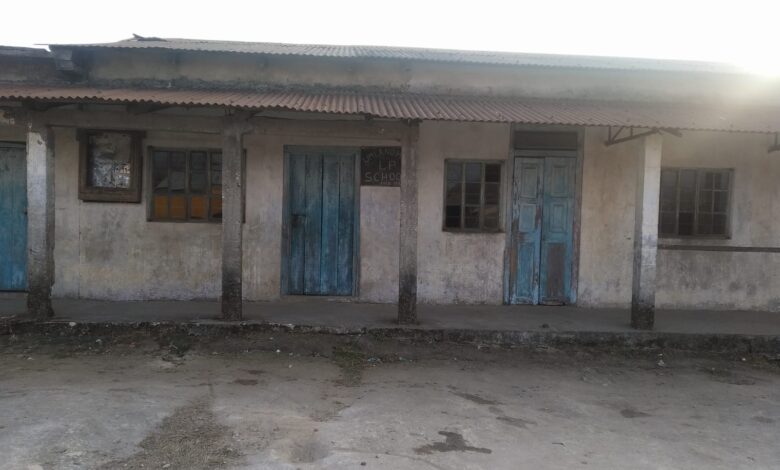Meghalaya’s education crisis is a system on the brink
State's position at the bottom of the PGI is no statistical anomaly, it is the result of decades of neglect, mismanagement and misplaced priorities

 Meghalaya’s dismal performance in the Performance Grading Index (PGI) 2.0 for 2023–24, where it scored just 417.9 out of 1000 and ranked last among all states and Union Territories, is not just an educational red flag — it is an indictment of systemic failure.
Meghalaya’s dismal performance in the Performance Grading Index (PGI) 2.0 for 2023–24, where it scored just 417.9 out of 1000 and ranked last among all states and Union Territories, is not just an educational red flag — it is an indictment of systemic failure.
Meghalaya is the only state in the bottom-most “Akanshi-3” band, underscoring how much it lags in achieving even basic educational benchmarks. Remember, Meghalaya’s capital, Shillong, was once hailed as the ‘Education Hub of the North East’, and that tag is now certainly biting the dust.
A major area of concern is Meghalaya’s poor performance in foundational learning outcomes — particularly literacy and numeracy at the primary level. These are the building blocks of lifelong learning, and failure here has a cascading effect on students’ academic progress and their future opportunities. Additionally, the state fared poorly in access metrics such as enrollment, retention, and transition rates, pointing to both structural weaknesses and a growing disinterest in formal education among students.
Despite having over 14,582 schools and 55,000 teachers—figures that are disproportionately high for its population of just under 30 lakh—Meghalaya struggles with widespread inefficiency. The PGI score for infrastructure was an alarming 87 out of 150, reflecting the reality that many school buildings are ill-equipped, poorly maintained, or simply unfit for a conducive learning environment. Schools without toilets, drinking water, electricity, and basic furniture are still a reality in large swathes of the state.
ALSO READ:
- Roofless school with broken windows in Education Minister’s constituency
- Education Minister sanctions funds for renovation of 45 schools
Perhaps the most troubling revelation is the poor governance score. With over 206 schools having zero student enrolment, 2,269 with fewer than 10 students, and 36 schools recording zero pass rates for three consecutive years, it is clear that the education department has lost control of ground realities. Teacher deployment is unscientific, recruitment is often irregular, and in-service training is either neglected or non-existent. The state’s education budget is mostly consumed by salaries, leaving minimal room for innovation, digital learning tools, or pedagogy improvement.
State authorities, including Chief Minister Conrad Sangma, have acknowledged the crisis, admitting that Meghalaya’s education sector needs a complete overhaul. Some reform measures—such as adopting NCERT textbooks and initiating rationalisation between Samagra Shiksha Abhiyan (SSA) and government schools—are underway. An Asian Development Bank (ADB)-supported initiative to upgrade 65 schools has also been launched. However, these are patchwork solutions at best, addressing symptoms without tackling the disease at its root.
To rescue Meghalaya’s collapsing education system, bold and systemic reforms are non-negotiable. First, the government must consolidate under-enrolled and non-functional schools to redirect resources effectively. Teachers need to be re-skilled and certified according to national standards. Learning outcomes must be measured regularly with transparent assessments to guide interventions. Lastly, the governance system itself must be restructured, introducing third-party audits, citizen monitoring, and stronger school management committees (SMCs) to ensure accountability.
Meghalaya’s position at the bottom of the PGI is no statistical anomaly, it is the result of decades of neglect, mismanagement and misplaced priorities. If the current state of affairs continues, a generation of students risks being left behind, unable to compete or contribute meaningfully in an increasingly knowledge-driven economy. What the state needs now is not just policy tweaks, but political will, community engagement, and a renewed commitment to the fundamental right to education.




